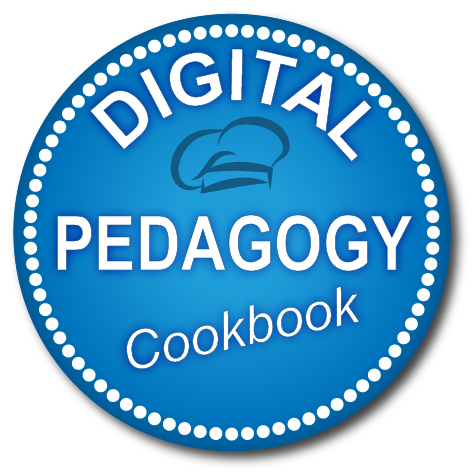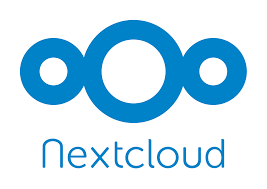DigCompEdu Competence area
Progression Level
Minimum digital skills level of Students
Minimum digital skills level of Educators
Learning/Teaching situation
Software applications come to serve an effective way of both teaching & learning.
Target group
Teachers, trainers, students
Ingredients
- PC/laptop/smartphone
- Internet connection
- NextCloud account
Description
NextCloud is an open-source cloud-storage software, which is used for backing-up and storing file from anywhere. Having created your NextCloud account you have full access to all features of the platform providing diverse functions and usage (some apps are not available for the free version!).
It is user-friendly allowing for persons with basic digital skills to use it. Naturally, more advanced users can benefit from more diverse usages and functions.
It can be used for storing, sharing and collaborative editing of learning materials, students` papers, group tasks, etc. There are different tools and functions available which allow for diverse usages.
It focuses on security and safety for the user, who has full control over the files stored and can detract them from the cloud at any time.
How to do it (step by step)
Step 1
Account
As a teacher you will need to create your account in NextCloud. You can use a free account if you will use the basic functions, and if you need more apps and storage space you will have to opt for the paid subscription.
There is a special option for NextCloud Education Edition with specifically selected apps suitable for the teachers` work and needs.
Step 2
Materials
Upload the files and materials you want to share with your students. Make sure you provide appropriate and sufficient materials to your students. The learning process tends to be facilitated when learners use their other senses such as vision and listening, when learning, hence incorporating also video and audio files may be useful for your target group. You can also share big files, which usually you will not be able to send via email such as videos or high-resolution picutres.
Step 3
Usage
If you want to encourage group work, you can use the tools for chat and web collaboration, which will allow for your students to work together on a task from distance and engage in discussions, comments and peer learning.
All users can track the activities that have been going on within the files through as the platform keeps log of all changes. This will allow for better monitoring and task progress and completion.
As the person owning the files for sharing you have quite the control over the materials: for example you can set an expiry date for the URL link to b active, which may be applicable for exams and tests, or create a password to protect the file, thus overcoming copyright and privacy concerns, etc. In general NextCloud allows for the user to have the control over how and where to store their files, which may be useful for trainers/teachers working with specialized materials with limited access and copyright policies.
Sources:
- Crawford, D., NextCloud Review, available at: https://proprivacy.com/review/nextcloud
- NextCloud 15 Review, available at: https://www.techradar.com/reviews/nextcloud-15
There is more…
Another storage system that may be useful is OwnCloud, actually both have been created by the same personFrank Karlitschek. OwnCloud was the first to be developed, and then its creator left OwnCloud Inc to forked in NextCloud. Currently, it seems that NextCloud is more popular, but both platforms have their own users.
If you want to know more check the following links, and the section for OwnCloud.
Both are open—source clouds offering storing space and sharing infrastructure. It is up to the user´s preferences to choose what best suits their needs. It is important to know that using the functions of both platforms is completely free. Fees are to be paid only if the user wants help with supporting the cloud, but these are not necessary for all users nor are they mandatory.
- FOSDEM, Why I forked my own project and my own company OwnCloud to Nextcloud, available at: https://www.youtube.com/watch?v=UTKvLSnFL6I
- Battle of the Clouds, available at: https://civihosting.com/blog/nextcloud-vs-owncloud/
See Also
- Pros and Cons of NextCloud, available at: https://www.youtube.com/watch?v=IgscZb064ZM
- NextCloud Tutorial: Setting up your Account, available at: https://www.youtube.com/watch?v=_eS5MST_zCw

